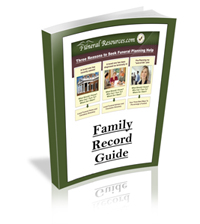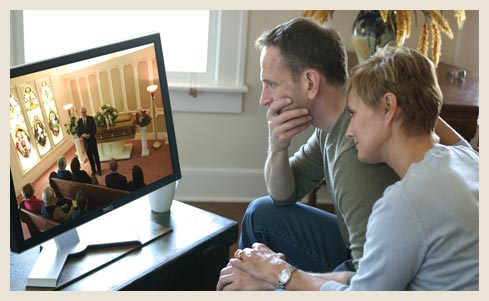Bereavement and Grief
Grief and Loss
Inside the Grief Space
People who are coping with grief and loss are definitely operating out of a different place then people who are not grieving. I call this the “Grief Space”. Within this space different thoughts and feelings are occurring to the grieving person than occur to those that are not grieving. If you could see this ‘space’, and experiencing the five stages of grief, it would look like a bubble that surrounds the person. If you could look into this bubble you would find:
Limited Awareness of physical events: Grieving people who are coping with loss tend not to be too aware of their physical surroundings nor do they care as much about doing so. If the house stays dirty or they forget to eat it doesn’t cross their own internal radar. People can lose awareness of national events, local happenings and family news. It just blurs together. I have even heard of people breaking bones and not being aware of the pain from the break.
Acute Awareness of Emotions: People who are grieving are in acute emotional pain. This pain, most likely, is the worse, intense emotional pain they have ever felt. They know that they are in pain and don’t know what to do with it. Grieving people are highly aware of how other people react to their (the grieving person’s) grief. They know when people are not comfortable with the concept of death and the emotional loss that follows it. They know when others are uncomfortable with intense emotions that are being displayed.
Blurring the Hands of Time: Time is a subjective concept for people who are grieving. On one hand, every minute is a painful reminder that their loved one is no longer with them. The days can drag and their mind is full of the grief and loss that they have just suffered. On the other hand people lose track of time when it comes to non-emotional aspects of their life (eating, drinking water, working out, paying bills, mowing the lawn, etc.).
How to connect with families while they are grieving
Remember that you are seeing people when their bereavement and grief are the most intense. People at this point in their grief journey are not functioning well or at all. Here are some thoughts for you to keep in mind while speaking to families during this time.
1. Be aware of your concept of death: Remember that families can tell when you are not comfortable with the thought of loss. They will be expecting pleasant platitudes because what else do people say? Your families will know when you truly are not afraid of deep emotions, yet are able to guide them through the practical aspects of taking care of business. Word will spread that you understand and care.
2. Listening to your family: When listening to the grieving person tell his or her story, allow silent spaces in the conversation. Silence is helpful but sometimes hard for the listener. It is acceptable to rephrase what you heard from those grieving. This will let the family members know you are listening to them and they will feel understood.
3. Keep checking in with your families: After the funeral, your part in helping them through their loss is completed, but for the family their grief journey has just begun. After a funeral, most people stop talking about the loss and act like it hasn’t happened. By avoiding the loss, people don’t have to deal with the hard emotional issues that surround it. Grieving people want to talk about their loss. This is their grief space. Their loss fills this space. Call the families once in a while or send a note in the mail. This is a marvelous way to provide aftercare, and maintain a relationship with your families.
A memorial website is another great way to keep in touch with families. These new memorial technology tools do not require great time commitments from your staff. With the proper software, your website becomes the 24×7 employee who keeps in touch with your families.
© 2010 Kelasan, Inc.








